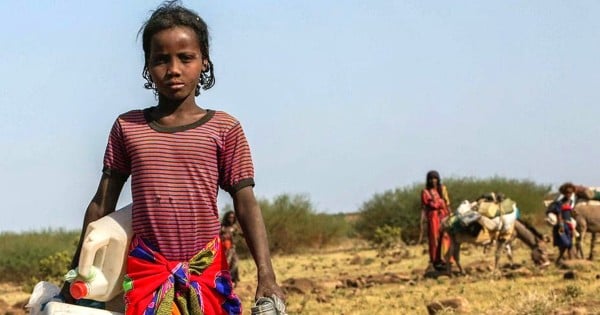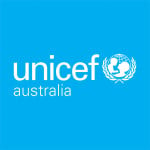

It’s happened: winter has finally come to Australia. No more shorts and t-shirts like we were donning up until a month ago, and it’s the time of year when we struggle to remember to take an umbrella with us when we walk out the door.
While we’re mourning the loss of our extended summer and beginning to deal with the colder weather and increased rainfall, a change in weather means something very different for a little girl on the other side of the world.
Meet Sofia.





Top Comments
Thank you for Sophia and Edward's stories. I will donate. It must be heartbreaking to endure this life without any help. A little goes a long way to ease the misery.
Drought is nothing new to Ethiopia, "UNICEF has operated in Ethiopia since 1952, and the agency's water and sanitation programmes were introduced, in part, as a response to the 1973 drought", relocation has been tried, a villagification program has been tried, billions in aid have been poured in to the region. Realistically, despite countless agricultural projects and sanitation projects the land can not consistently support the number of people trying to live there, its time to look at population control and food storage.
Your comments do not address the human suffering occuring at the moment. People can't shove the babies back in their tummies. They are here now, they are without water now. I find it incredibly vile that someone would read a story about two very innocent children and respond by saying it is time to look at population control. The western countries use more resources than developing nations, secondly, birth control in developing nations is either unavailable or so heavily controlled by churches that women are told to abstain. Have the personal dignity of looking away if you cannot stand children suffering, don't add to the misery.
Have you considered that the mothers may not want all those children themselves? That without adequate access to birth control and their husbands and/or other men in their lives forcing them to have sex, they are unable to prevent getting pregnant? That without access to safe abortions they are forced to carry the child and give birth to it, despite knowing they may not be able to adequately care for it?
This situation is not equatable to that in a country like Australia.
Population control is difficult due to lack of birth control and safe abortions, plus education about these practices.
Ah that's the ticket, don't question why this has been going on for generations, just send aid and compassion, complete the cycle for the children of these children.
Trouble is its not about just two children, its about thousands of them, its about breaking this repeating cycle of suffering, generation after generation, its about not doing the same bloody thing over and over again and still expecting a different outcome from the last. As for birth control, if we can get people over there digging wells, providing aid and teaching farming skills then surly we can get contraception over there also. So far, how's your preferred method been working for them?, is the suffering different from 1973?.